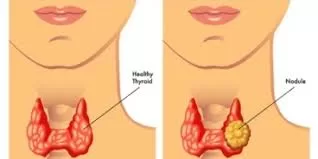University of Colorado Anschutz Medical Campus Study Reveals New Insights into Varicella Zoster Virus Mechanism
July 26, 2024 – Denver, CO – A groundbreaking study from the University of Colorado Anschutz Medical Campus has identified a crucial protein that may play a key role in the spread of the varicella zoster virus (VZV), the pathogen responsible for chickenpox and shingles. Published today in the Journal of Virology, this research uncovers a novel mechanism by which the virus evades the immune system and disseminates throughout the body.
The research team, led by Dr. Christy Niemeyer and Dr. Andrew Bubak, focused on the viral protein IE62, which was found to be packaged into small extracellular vesicles (sEVs). These vesicles act as delivery systems, carrying the protein from the initial site of infection to distant tissues. Inside the cells, IE62 disrupts antiviral responses, potentially allowing VZV to propagate beyond the original infection site.
“This is the first time a clear mechanism has been identified that links VZV to a pathway for affecting distant organs,” said Dr. Niemeyer, assistant professor of neurology. “The vesicles carrying IE62 effectively shut down the immune response, making it easier for the virus to spread.”
VZV is a common and ancient virus, with 95% of the population harboring it. After an initial chickenpox infection, the virus remains dormant in the nervous system. It can reactivate later in life, causing shingles—a condition that can lead to severe complications such as vascular disease, stroke, and dementia.
The discovery highlights how VZV utilizes the sEV machinery to evade immune detection and enhance its spread. Dr. Bubak, also an assistant professor of neurology, explained, “The protein IE62 shuts down the antiviral response in cells much earlier than previously understood. We believe this process could make cells under the skin vulnerable to infection before the classic shingles rash even appears.”
Currently, while a vaccine for shingles exists, there are no specific drugs targeting this viral protein. This research could pave the way for developing new therapeutic approaches aimed at disrupting the function of IE62.
Dr. Bubak noted, “This mechanism might also explain the frequent co-infections and immunosuppressive events observed in VZV-infected individuals. It’s possible that the virus can reactivate without the typical rash, leading to unrecognized immune suppression.”
The researchers emphasize that their findings not only shed light on VZV but may also provide insights into how other viruses spread and cause disease. Dr. Niemeyer concluded, “Understanding the role of sEVs in viral dissemination is crucial for addressing systemic complications from VZV infections and developing effective treatments.”
This research marks a significant advancement in the field and could have far-reaching implications for the management and treatment of viral infections.












